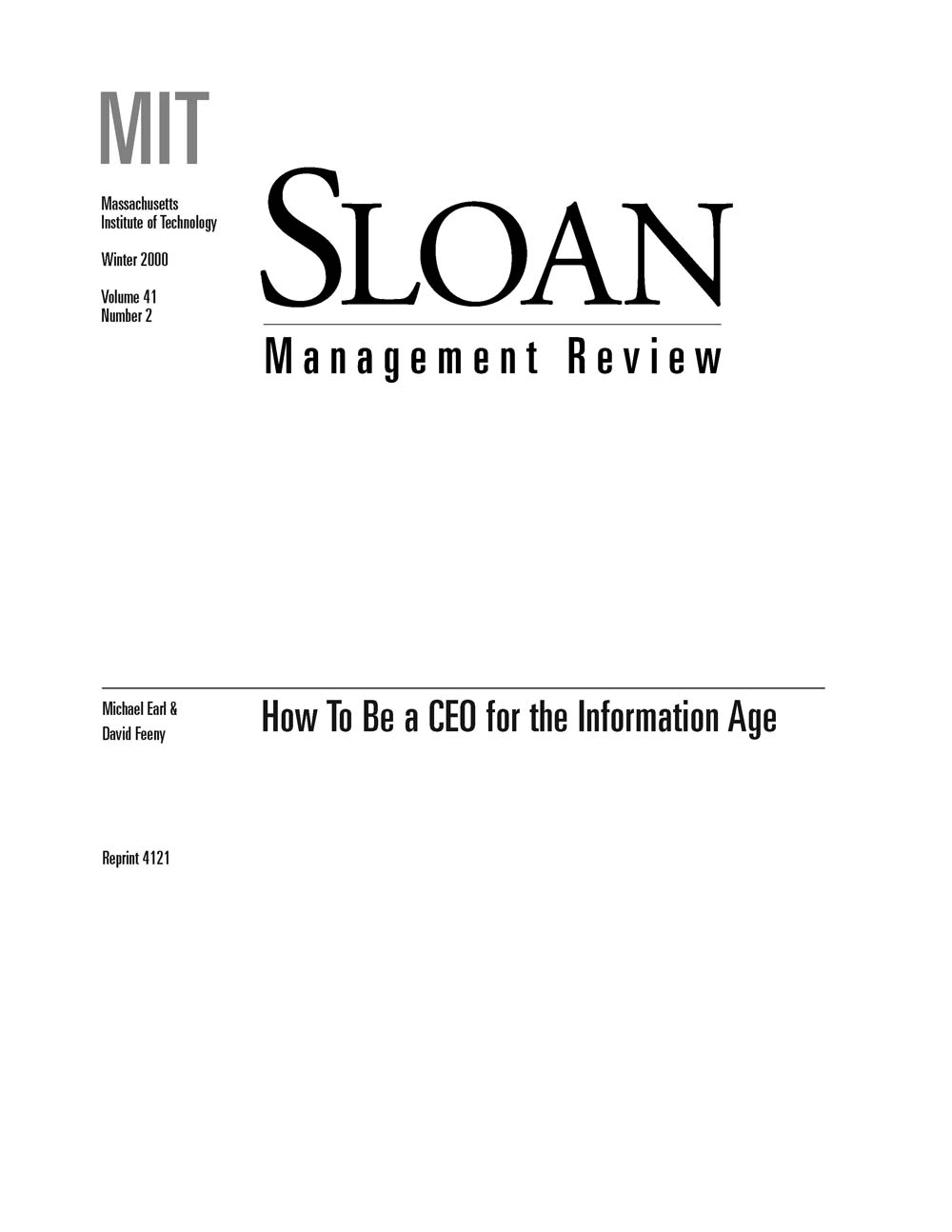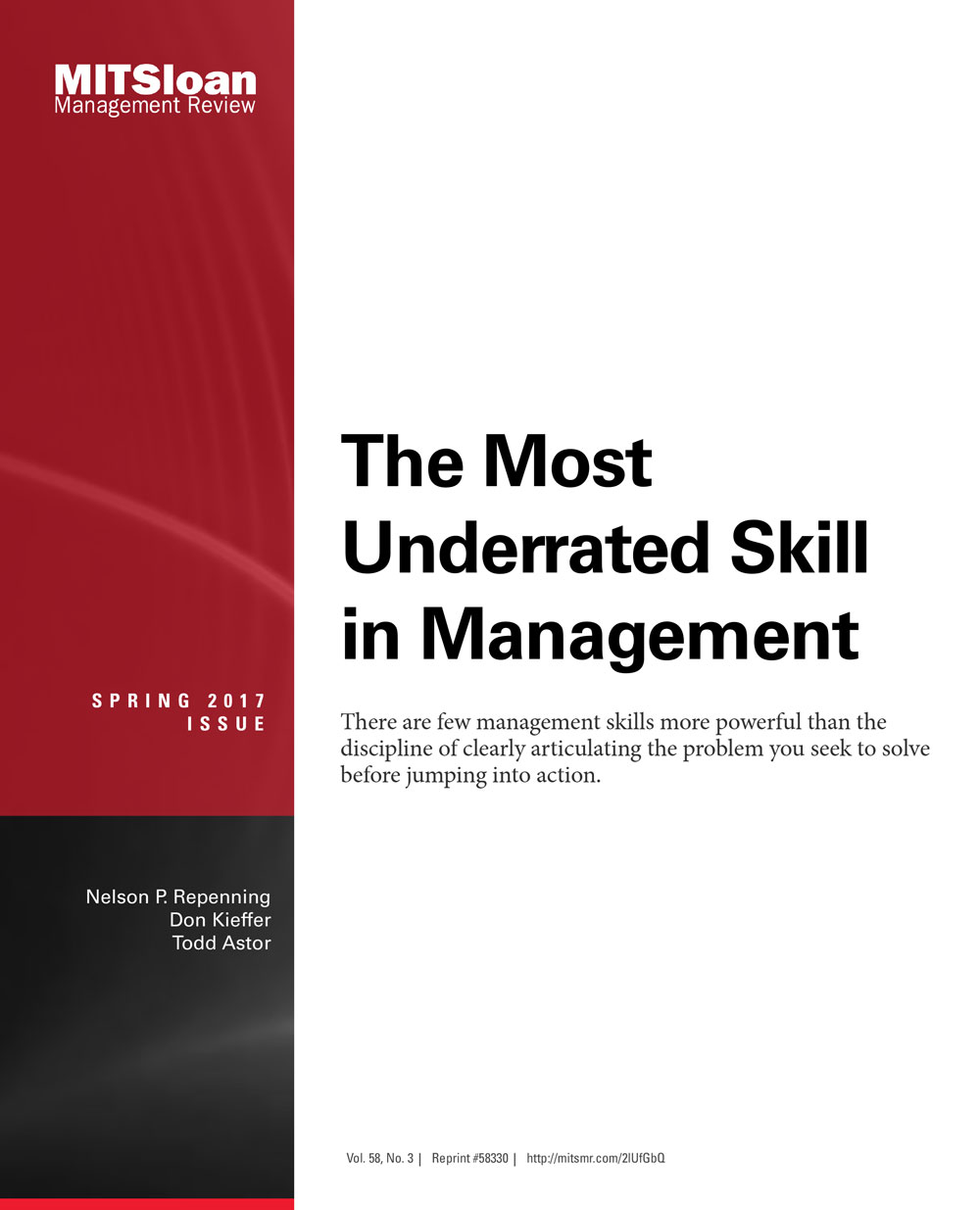
How To Be a CEO for the Information Age
Today's vast array of web applications for supply-chain integration, salesforce automation, work group collaboration -- and the sale of everything from equities to automobiles -- makes it perfectly clear that information technology has evolved beyond the role of mere infrastructure in support of business strategy. In more and more industries today, IT is the business strategy.
Unfortunately, many CEOs are ill-equipped to manage effectively in the Information Age. The problem has less to do with IT literacy than with a range of behaviors and attitudes that cause such CEOs to shirk their IT responsibilities. By their actions, many CEOs send negative signals about the role of information technology to other leaders in their organization who then repeat the behavior. Companies with such leaders frequently fail to reap business advantage from information technology.
The authors describe seven types of CEOs, their behaviors and attitudes toward IT, and explain why all but one are decidedly unfit to lead companies in the Information Age. Only the "believer CEO" is ready to play a constructive role in his or her company's use of information technology. Believers understand that IT enables strategic advantage and demonstrate such beliefs in their daily actions. Believers are involved in IT decision making and are proactive in addressing IT problems and opportunities. They seek advice from a variety of sources, study the IT strategies of competitors, and set examples for others managers in their company to follow.
The authors provide many examples of believer CEOs -- John Browne of British Petroleum, Ralph Larsen of Johnson & ; Johnson, Jack Welch of General Electric, Toshifumi Suzuki of Seven-Eleven Japan, and Ian Robertson of Land Rover, among others. They describe how each infused his organization with a positive attitude toward IT and contrast their actions and beliefs with those of the six failing archetypes. They explain how these believer CEOs played a critical role in their corporate IT strategies, how they crafted IT-savvy organizational cultures, and how these actions benefited their businesses. Realizing that many CEOs will see their current attitudes reflected in those of the six failing archetypes, the authors prescribe a variety of methods for leaders to address their shortcomings and master the techniques of believers.




